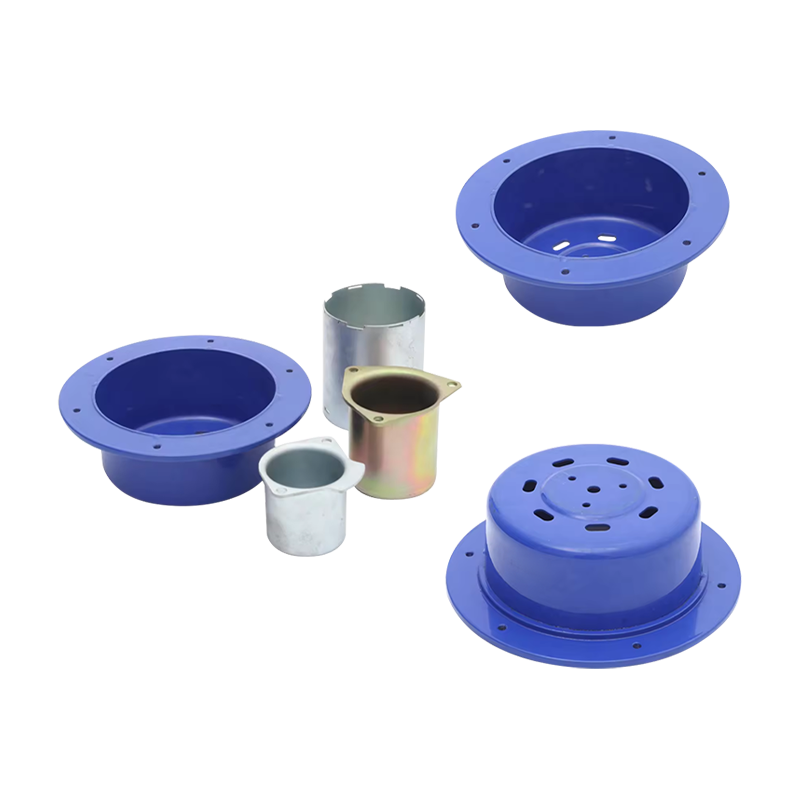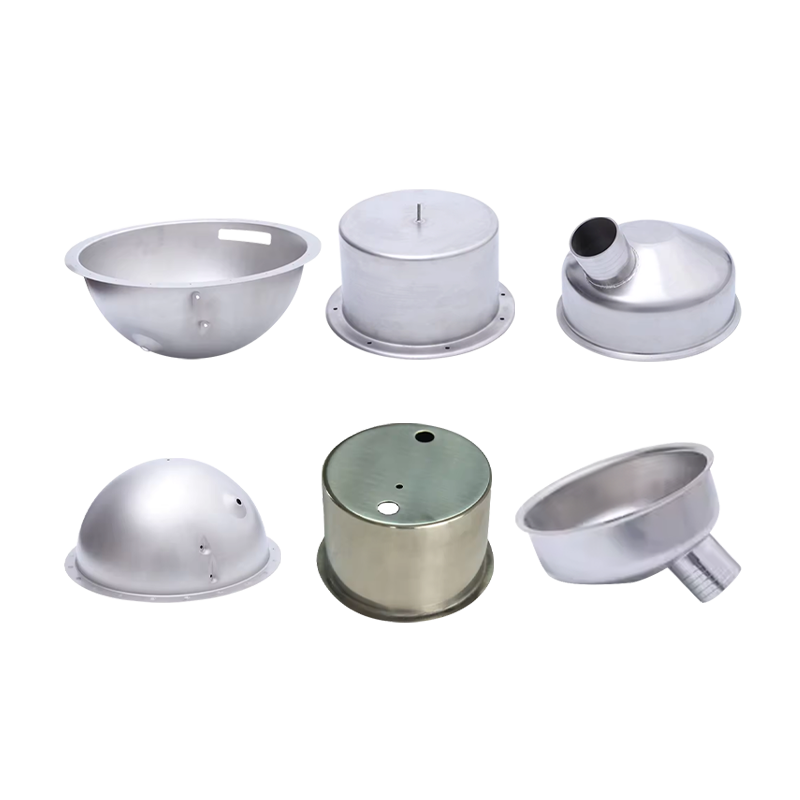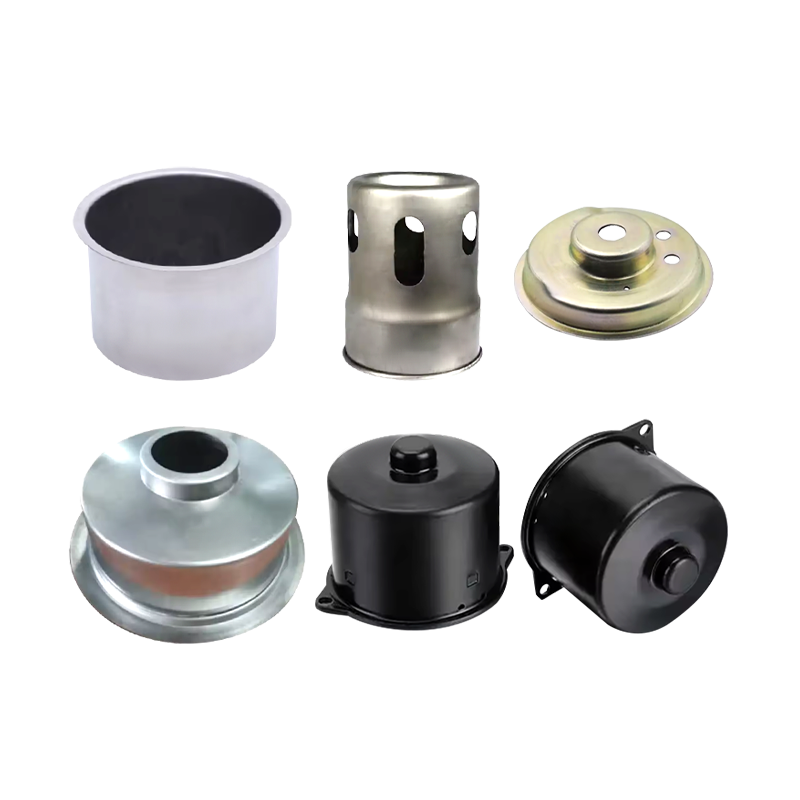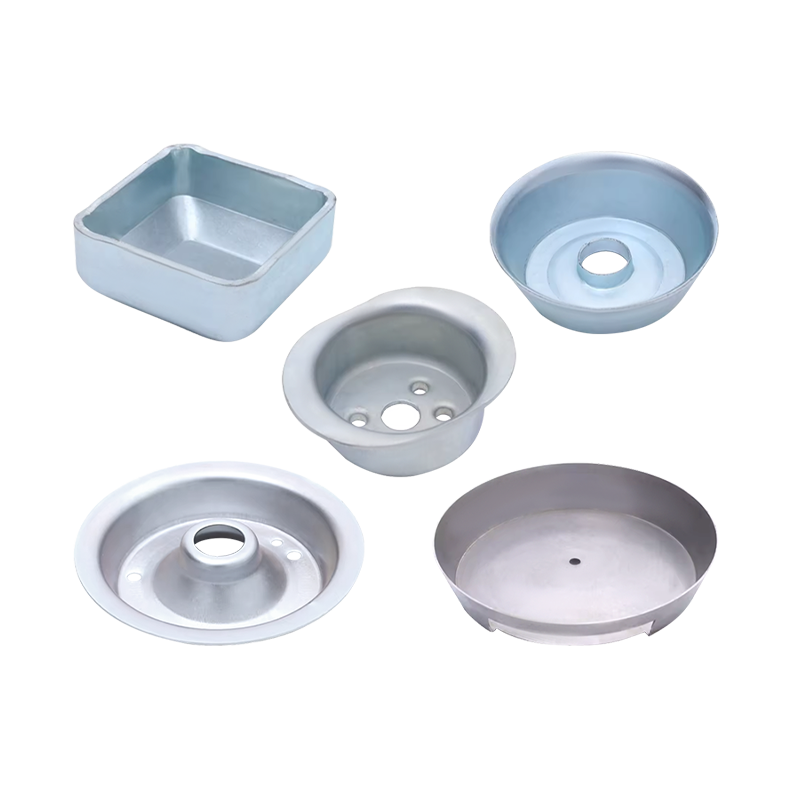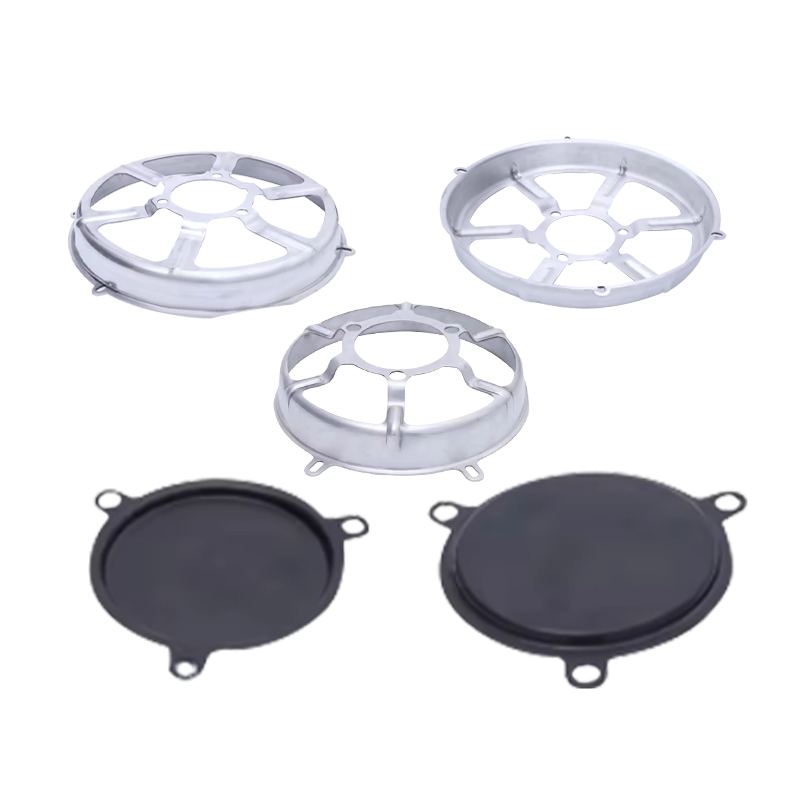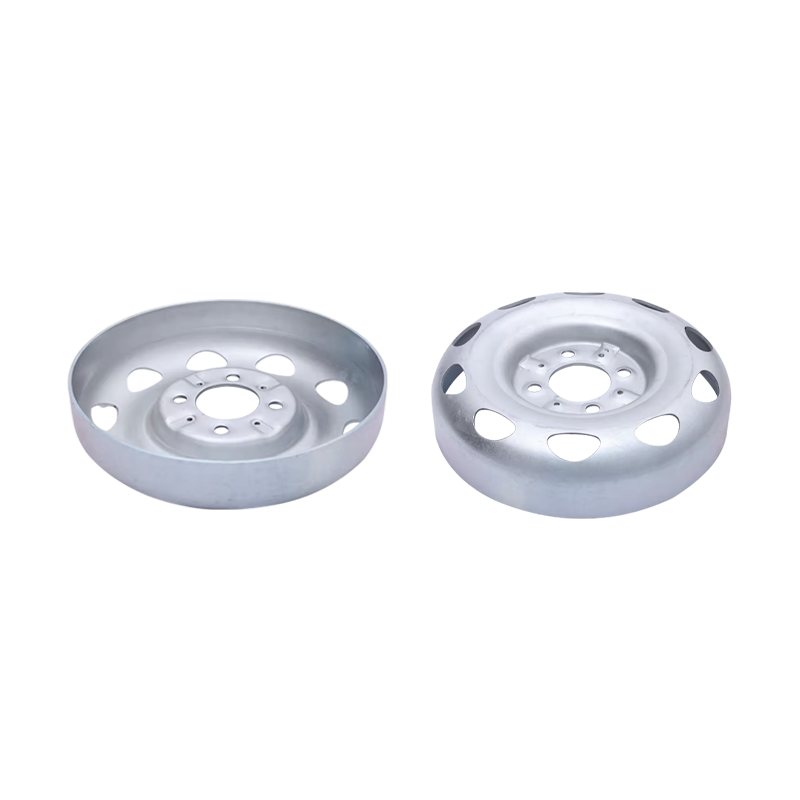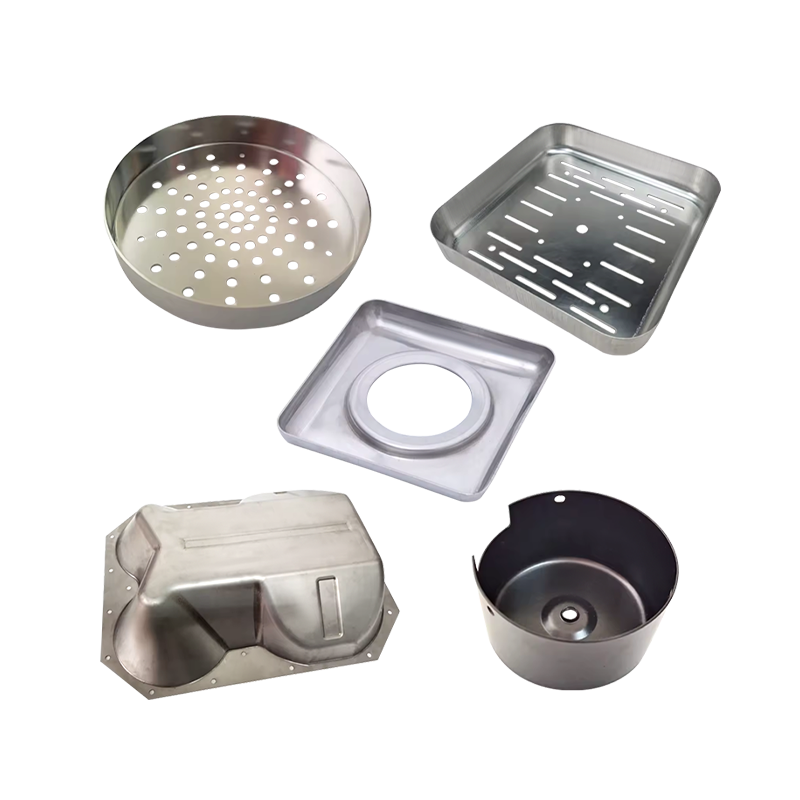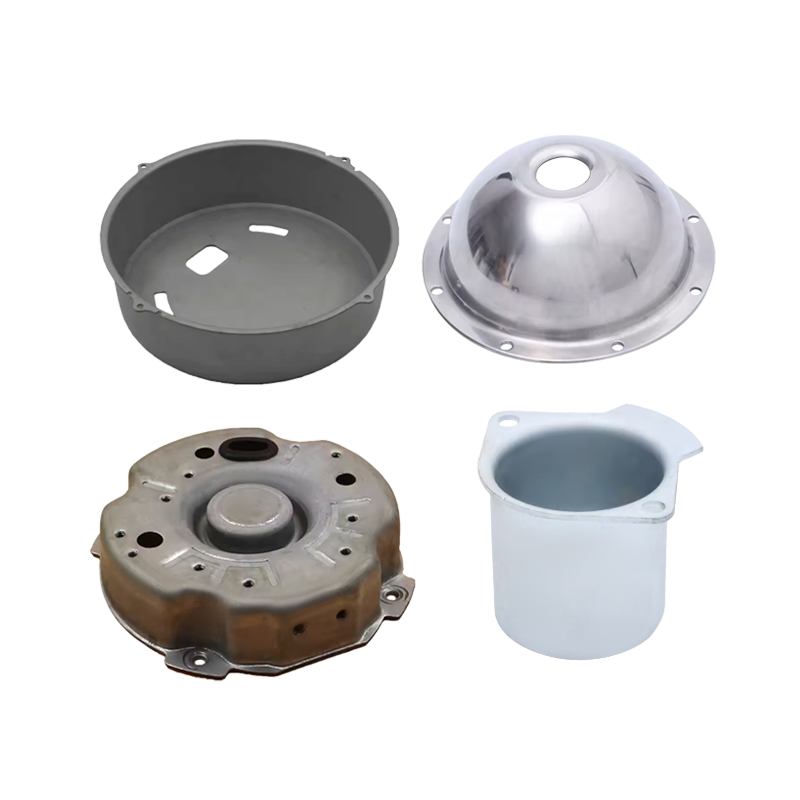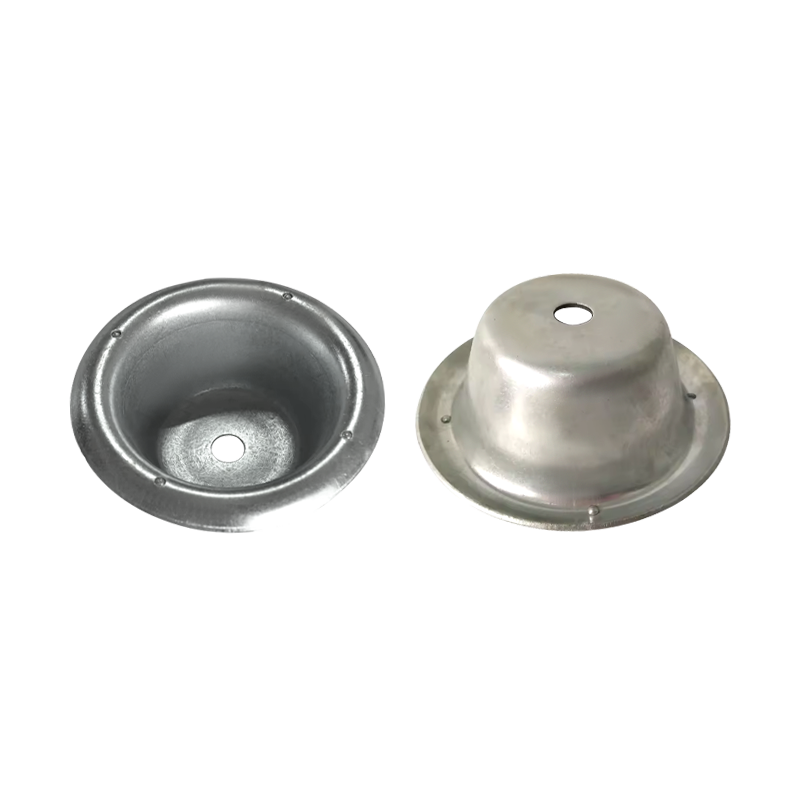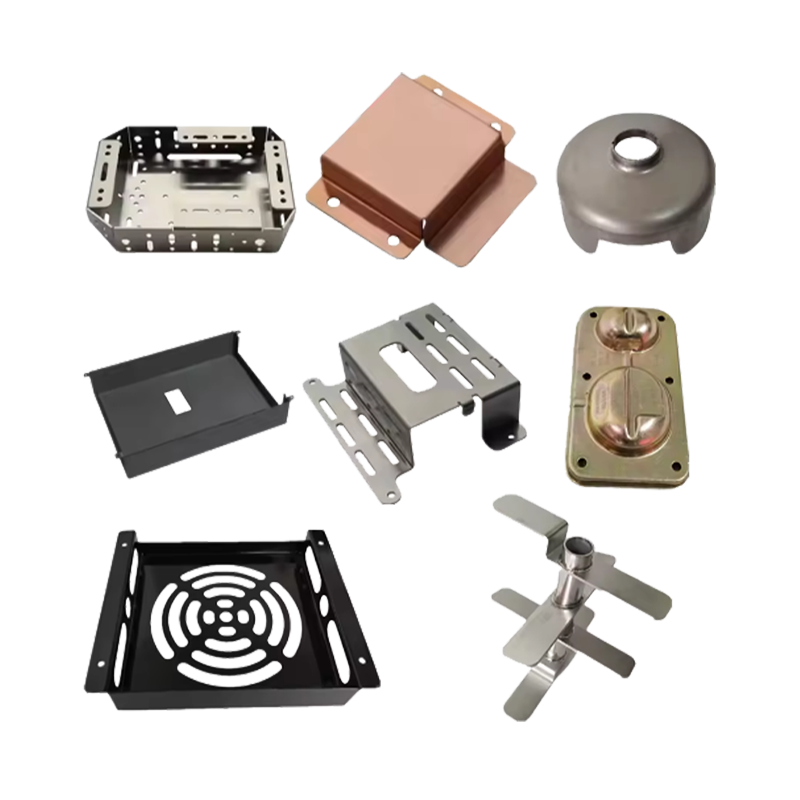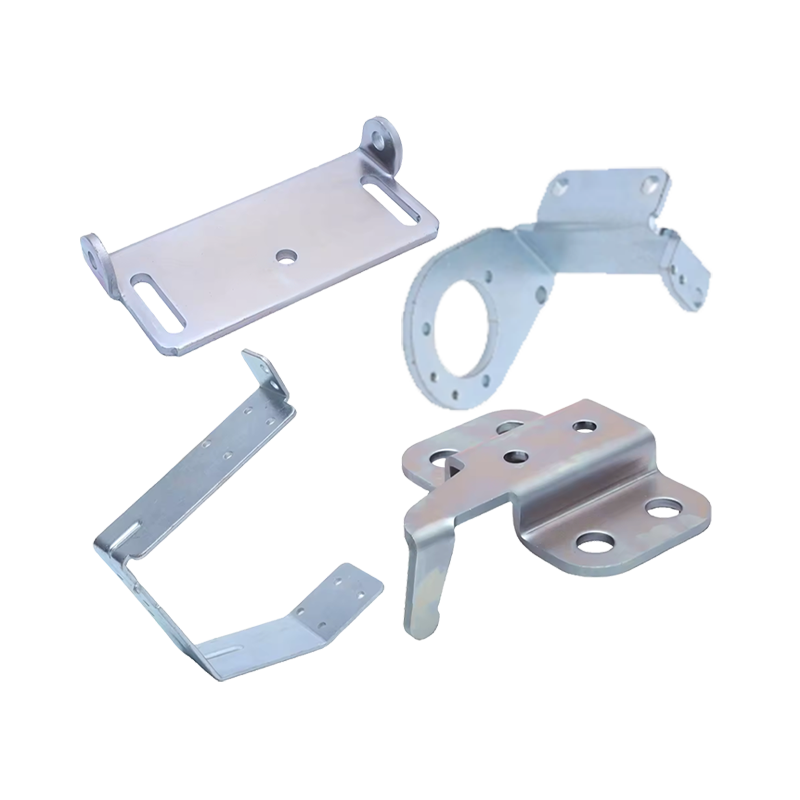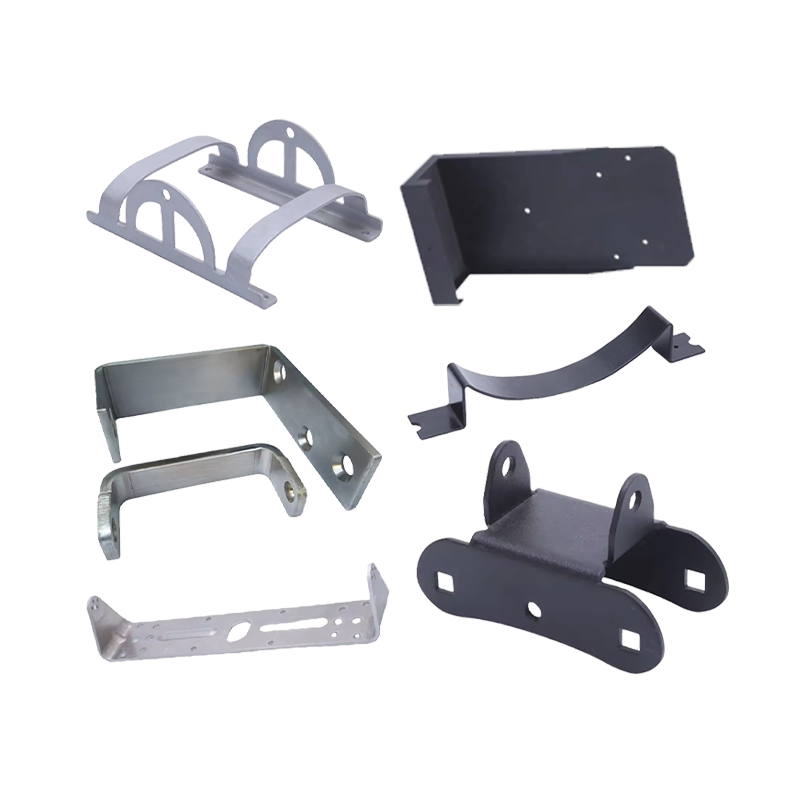Web Menu
Product Search
Exit Menu
News categories
RECENT POSTS
-
Pallet Feet: Plastic or Metal? How to Match Pallet Load Capacity to Avoid Damage?
Oct 31,2025 -
What Surface Preparation Is Needed Before Applying Powder Coated Steel Parts? Step-by-Step Guide
Oct 24,2025 -
Metal Animal Drinking Bowls: Are Plastic Bowls Prone to Breaking and Hiding Bacteria? Can Metal Versions Solve Livestock Water Hygiene Issues?
Oct 17,2025 -
How to Avoid Wrinkling and Cracking in Stainless Steel Deep Drawing Parts Production?
Oct 09,2025 -
What Materials Enhance the Durability of Stamping Parts?
Sep 29,2025
What are the main steps of the Deep Drawing process and the role of each step?
The Deep Drawing process is a process of drawing sheet metal into complex shapes, usually used to make cylindrical or square containers. The following are the main steps of the Deep Drawing process and the role of each step:
Material Preparation:
Function: Select the appropriate sheet metal, clean it and surface treat it. Ensure that the material has uniform thickness and good ductility to avoid cracks or defects during the forming process.
Blanking:
Function: Cut the sheet metal into the required shape and size, usually a round or rectangular blank. Blanking is the first step in the Deep Drawing process, ensuring that the size and shape of the blank are accurate so that the subsequent drawing process can proceed smoothly.
Drawing:
Function: Place the blank on the die and apply pressure through the punch so that the blank is pulled into the die to form the desired shape. This step is the core of the Deep Drawing process. By controlling the speed and pressure of the punch, the wall thickness of the part is ensured to be uniform and crack-free.
Redrawing (if necessary):
Function: For parts that need to further reduce the diameter or increase the depth, multiple deep drawing (i.e., shrinking) may be required. Through the shrinking process, the size and shape of the part are gradually adjusted to meet the final requirements. After each shrinking, the diameter of the part becomes smaller and the depth increases.
Trimming:
Function: Trimming the edges of the part after deep drawing, removing excess material, and ensuring the precise size and shape of the part. Trimming can remove burrs generated during the forming process and improve the appearance and edge quality of the part.
Piercing (if necessary):
Function: If the part requires holes or openings, this step uses a punch to punch holes at specified locations. Punching is usually performed after deep drawing to avoid deformation during the forming process.
Annealing (if necessary):
Function: For some materials, after multiple deep drawing or shrinking, the material may become hard or generate internal stress. The annealing process eliminates internal stress and restores the ductility of the material by heating and slowly cooling, thereby avoiding cracking or breaking in subsequent processes.
Cleaning and Surface Treatment:
Function: Clean the surface of the part to remove any residual lubricant, oxide or other impurities. Depending on the application requirements, additional surface treatments such as coating, plating or polishing can be performed to improve the corrosion resistance, aesthetics or functionality of the part.
Inspection and Assembly:
Function: Check the finished product to ensure that the size, shape and surface quality meet the design requirements. Ensure product quality through various inspection methods (such as dimensional measurement, surface defect detection, etc.). If necessary, multiple parts are assembled or combined to form the final product.
This drinking bowl is made of 304 stainless steel. What are the advantages? Is it easy to rust or corrode in long-term use?
Metal Bending Drawing Parts: all-rounders for industrial applications
related products
Whether you want to become our partner or need our professional guidance or support in product selections and problem solutions, our experts are always ready to help within 12 hours globally
contact UsPhone:+86 139-5824-9488
FAX :+86 574-86150176
E-mail: [email protected] [email protected]
Address: Unit 2, Building 19, Zhichuangzhizao Park, Chengdong Industrial Zone, Xiangshan, Ningbo,315705, Zhejiang, China

 English
English 中文简体
中文简体 Español
Español